https://www.youtube.com/watch?v=S5fTY7nkH64
How to Play 'Nothing Else Matters' by Metallica on Piano

Yeah , rocking on this for all you Metallica fans .
We have nothing else matters today .
Uh Cool little factoid about this piece is uh James .
When he wrote the piece , I was thinking about his wife .
He didn't really want it on the album .
Laws comes along seeing the tin .
He's like , oh , yeah , well , I wasn't , this is just for me , I wasn't really considering putting out the album and then back in 91 the album black like turns out it's like the second best tune on that album .
Um I don't know , maybe the first best , in my opinion , I kind of dig this song .
So , uh here we go .
It starts off with an E minor chord .
And this intro all you're doing is E minor , E GB and that happens four times .
OK .
So you'll see with the left hand that's just gonna stay on the E there .
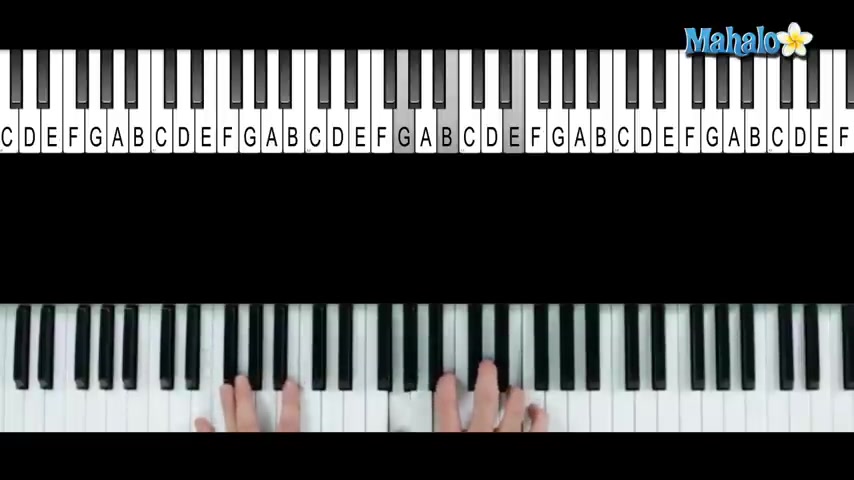
And then in the right hand G right , you're just kind of taking that court and then going into the fourth , you'll notice the bass player doing that .
And I'm saying that because the whole tune that's going to happen quite a bit .
But in the intro on the fourth time you'll hear this right ?
23 work with me .
Now go up to the be in the right hand .
OK .
So what is he doing there ?
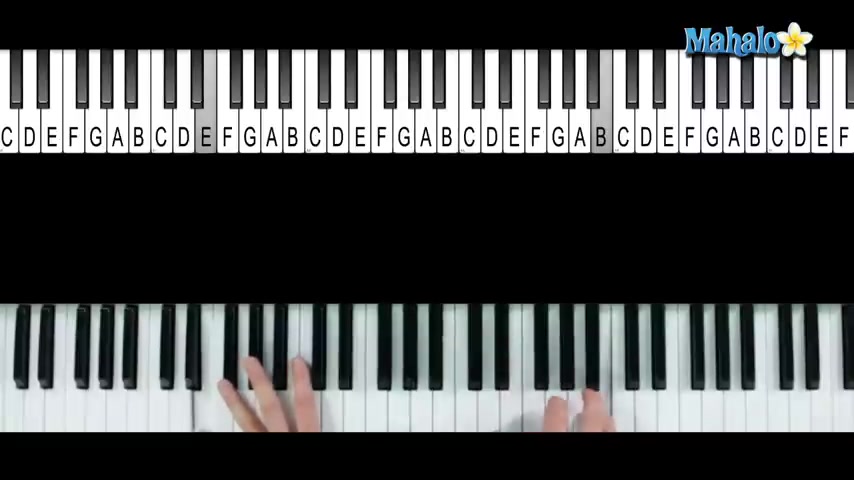
And if you can kind of keep this going with both hands that they see right bab A and then we're going to come up to this a in the left hand twice .
Now stay on that cne and walk up to that , see in the left hand .
So what does that look like ?
A in the left hand ?
B and then C , OK .
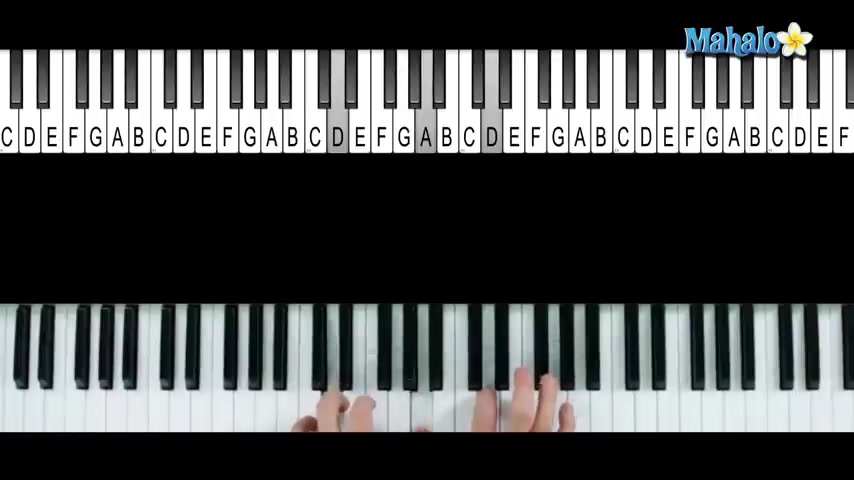
So G and then S RT and then E , so you can just hit the pe right in the left hand and the right hand and then we're just , and get that going right away .
So one more time and then EFS R minor co OK .
So that takes care of that first part of the intro .
Uh I'll walk you through it one more time .
Just be minor chord .
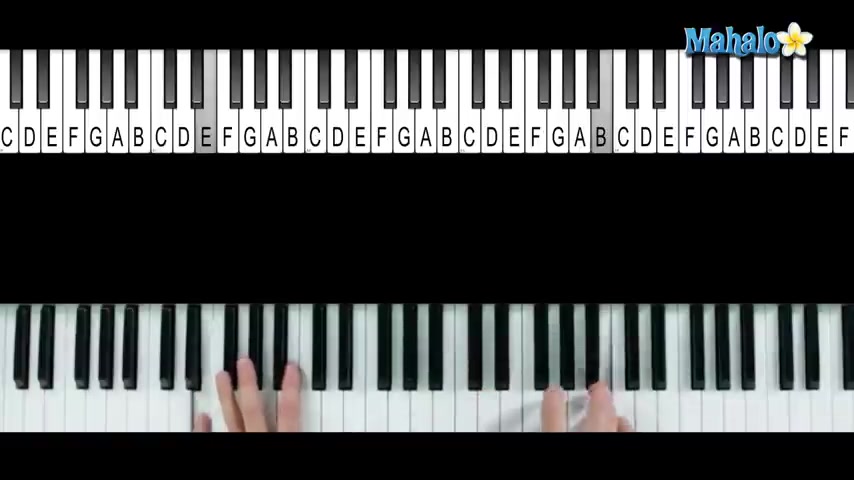
Four times , right ?
Two , three .
Here it comes .
Sorry about that .
Then we're gonna have this happen again four times , right ?
OK .
That's the next part .
So it's just a and we're gonna hit that G and B on the top .
OK .
So do .
And then that d we're going to outline the D quarter .
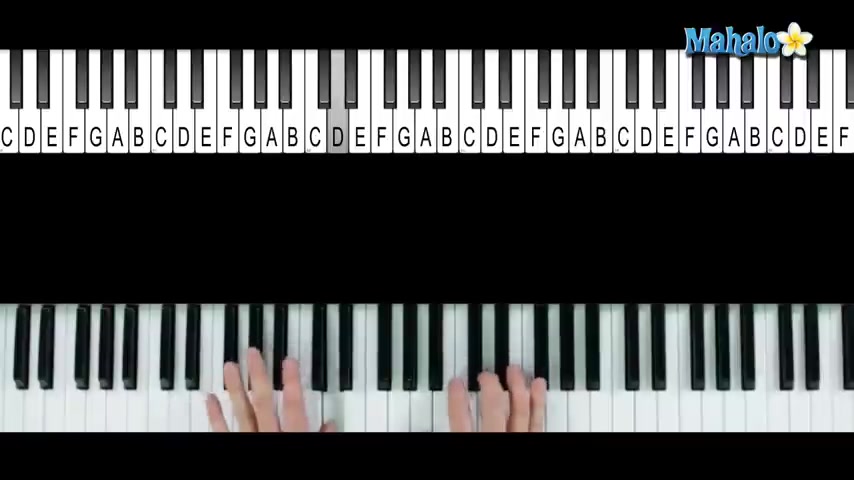
So it's just ad and F sharp in the right of the hand , then we walk it down to the speed .
So that's just C an E and then again , OK .
So just d see Court me again .
A and , and then we come to the G , right .
So that's the melodies Gdd , right .
Um Now to complete the G chord , which is what we're playing here .
It's just going to be DG rather D and B .
So , and that's how we filled it out .
And then it goes to that B chord and that's our song right there .
So it's just G OK .
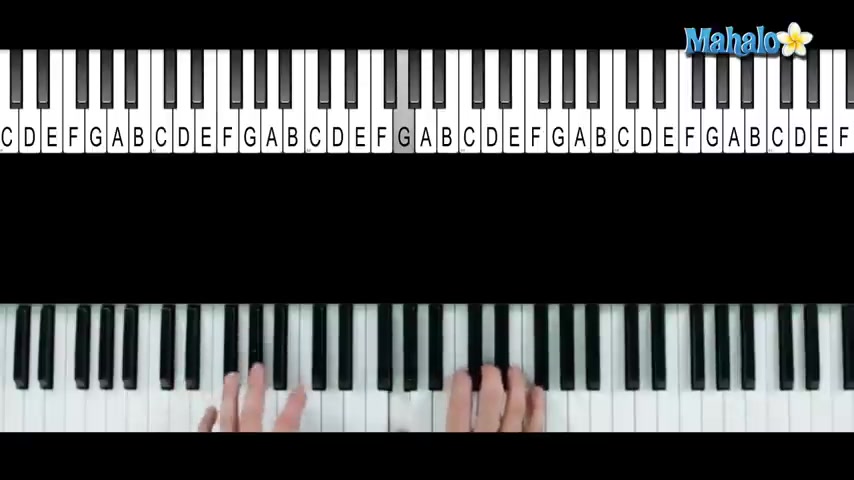
So , so close .
I a now notice what am I doing there ?
My OK .
So the Decor is a right ?
And I'm just playing dime on like we did in the intro .
GC .
Can that I trust G , nothing .
So it's just G , so G , nothing else , right ?
G nothing else .
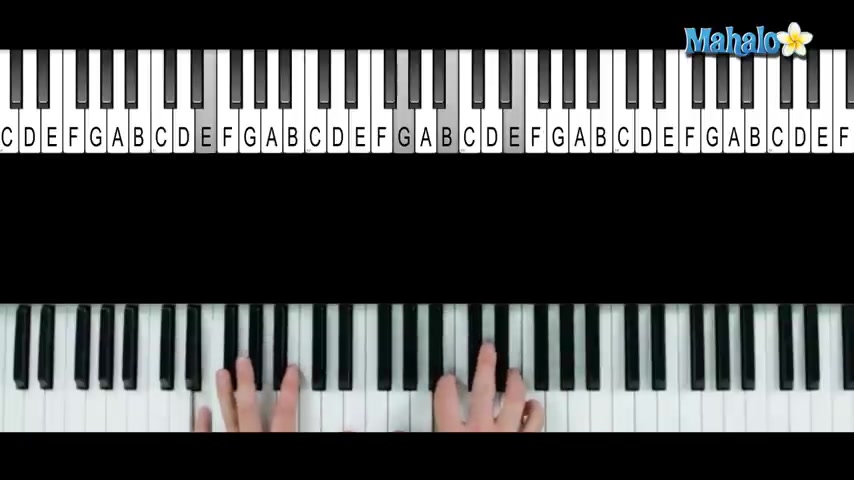
And that's BDF sharp .
DF sharp .
Nothing else matters .
A minor .
So our chords are in C major .
C major .
Oh Life is ours with a , all these words I right to the G cord , right ?
And she made to the B court bed sharp .
Nothing else mattered .
Trust and see .
And I find , yeah , for so mind for this .
Nothing else .
Right ?
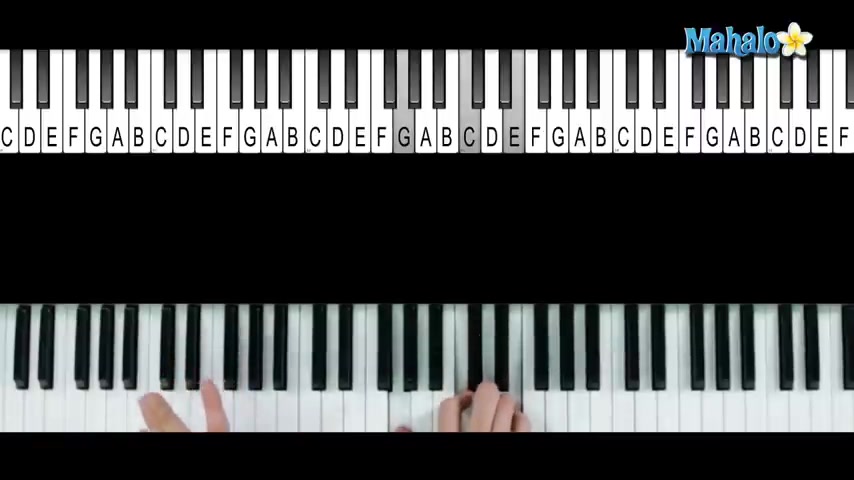
Hello here .
And we're gonna look at the beautiful composition , which means the girl from um is a neighborhood in the south part of Rio de Janeiro .
And Robin grew up there , beautiful place .
The beach is gorgeous .
There still is to this day .
And uh the song was written in the very uh early 19 sixties and the story goes that he was sitting in a bar with uh his good friend and musical partner and they watched this girl who would walk to the beach every day and is a brilliant poet .
And he wrote this about the girl that's going to the water .
And then the lyrics in Portuguese said she's so full of grace , which is actually the same first words that you say when I say Mary so interesting .
So it just comparing the girl to a goddess or a saint .
And they saw this beautiful girl , they used to walk to the beach every day and she would not care about them .
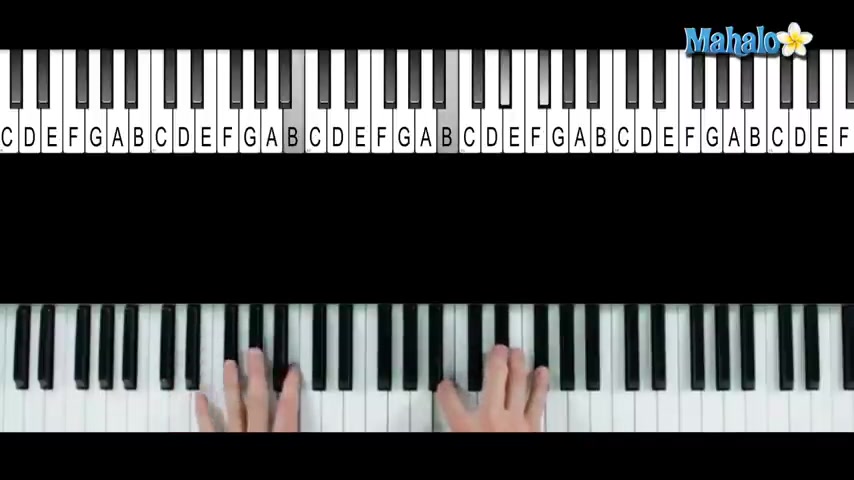
This was just the accompaniment .
I use some of the chromatic passing notes that we already examined in other songs .
For instance , when I play that B nine or measure 19 , I actually do a 13 like and then the same thing in D four measures after that and four measures after the .
So this is a beautiful thing that you find in a lot of music .
Uh we talked about before the chromatic passing notes and you will hear this in a lot of the original arrangements of the song that kind of line is there .
And there have been arrangements that really emphasize because that's when the melody stops on the bridge , when it goes .
So you have this open space and that open space goes .

So every time never care for what they do , never care for what day .
Right .
Yes , that's true .
Um And that's pretty much your whole song right there .
Uh Thank you very much , great job and , uh , rock on great job today guys .
Thanks for playing along and for those of you who are learning the songs .
Great .
Keep up the good work and those of you who are still struggling , keep trying and you'll get there , um , and make sure to send the request to requests at dot com if you have any , uh , we'd love to hear any feedback you have and also check us out on Facebook .
Keep up the good work .
Are you looking for a way to reach a wider audience and get more views on your videos?
Our innovative video to text transcribing service can help you do just that.
We provide accurate transcriptions of your videos along with visual content that will help you attract new viewers and keep them engaged. Plus, our data analytics and ad campaign tools can help you monetize your content and maximize your revenue.
Let's partner up and take your video content to the next level!
Contact us today to learn more.